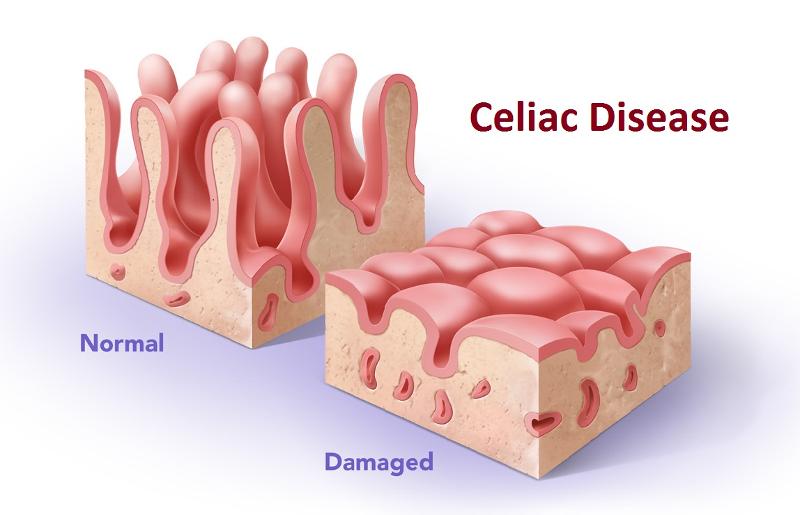Celiac disease
Celiac disease (CD), or gluten
sensitive enteropathy, is a condition in which ingested wheat gluten or related
proteins from rye and barley are not tolerated. HLA and non-HLA genes together
with gluten and possibly additional environmental factors are involved in
disease development. CD4`T cells are central in controlling an immune response
to gluten that causes the immunopathology, but the actual mechanisms
responsible for the tissue damage are as yet only partly characterized. This
causes inflammation in the intestines and damages the villi, the hair-like
structures on the lining of the small intestine. If the villi are damaged, the
person cannot absorb nutrients properly and ends up malnourished, no matter how
much he or she eats. The classic signs are diarrhea and weight loss. In
addition to digestive problems, other symptoms include:
·
Anemia
·
Osteoporosis and osteomalacia
·
Itchy, blistery skin rash
·
Damage to dental enamel
·
Headaches and fatigue
A gluten-free
diet is essential, and the only treatment for managing celiac disease.






